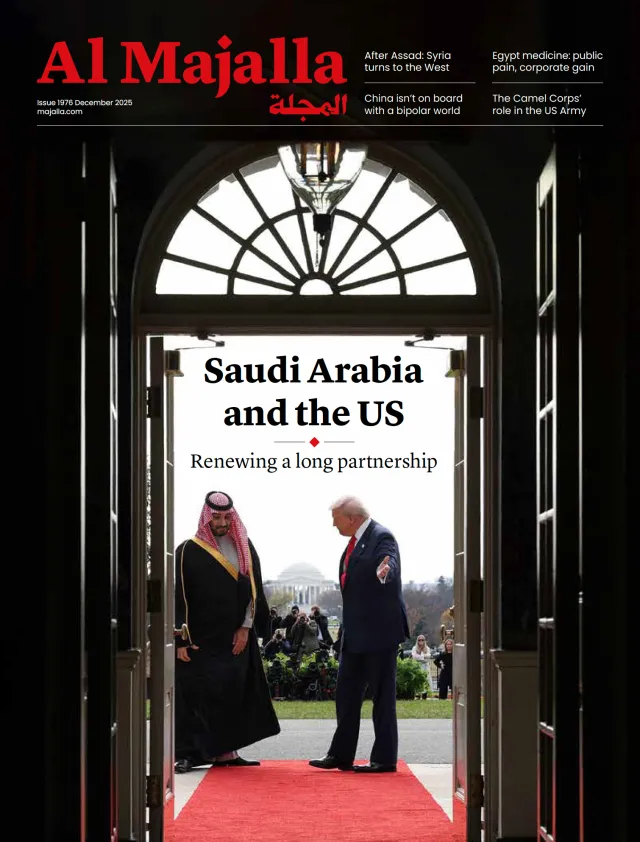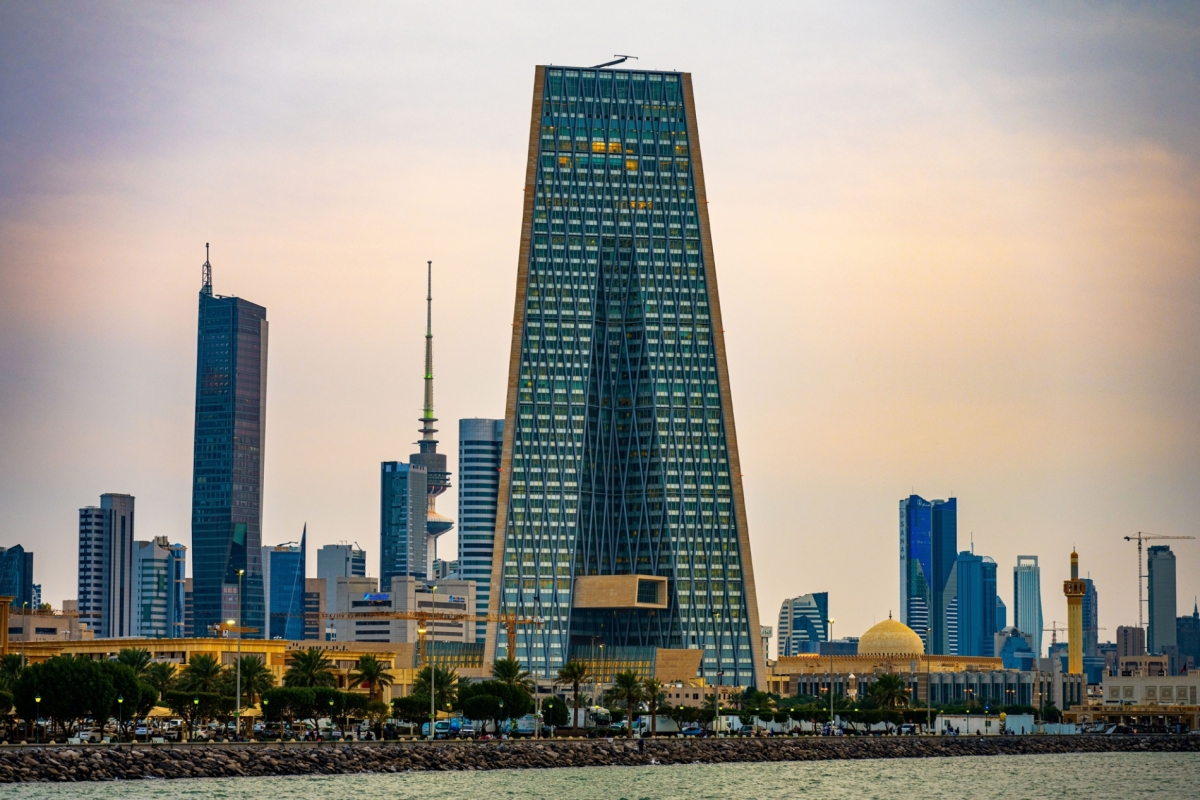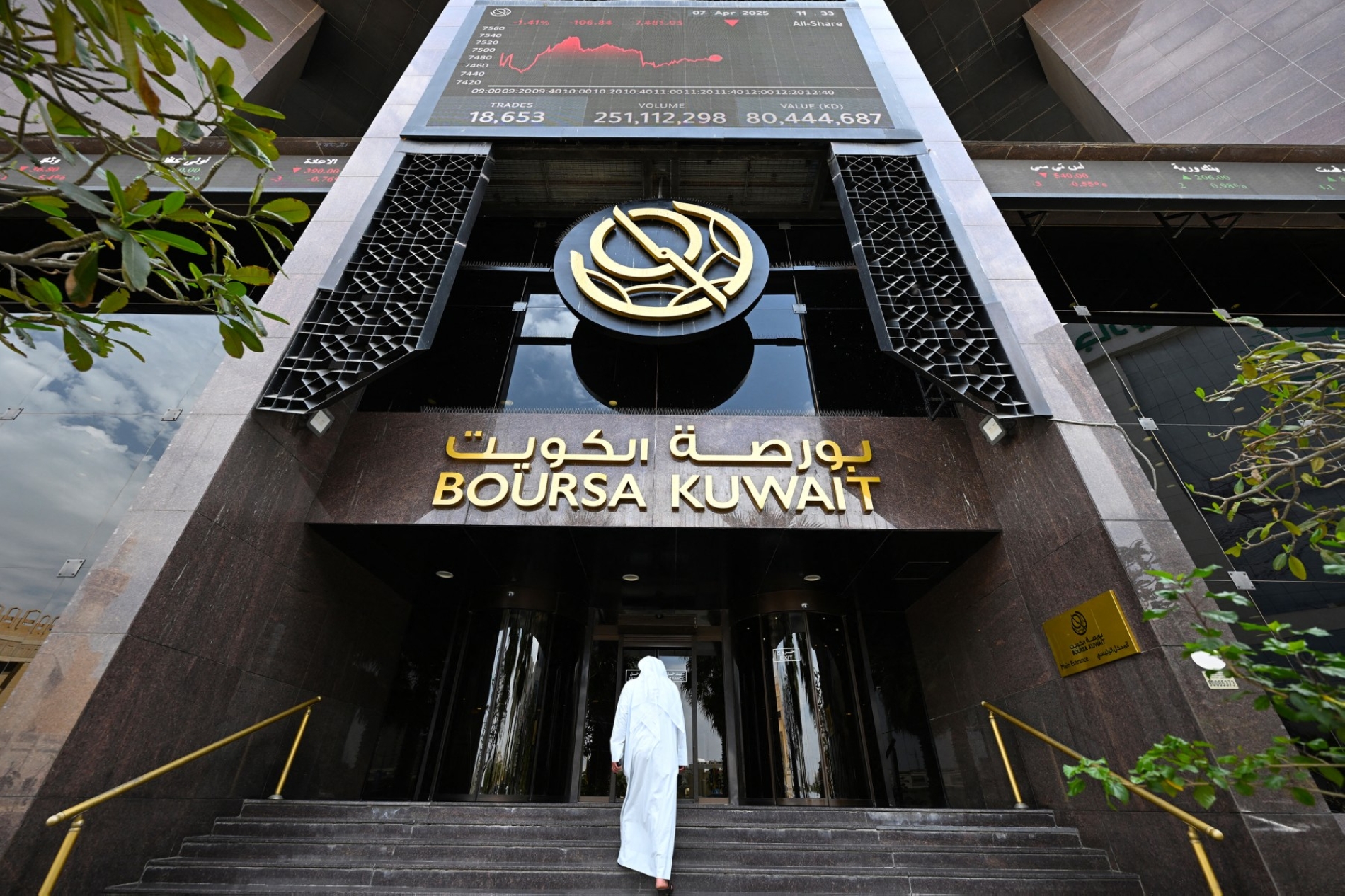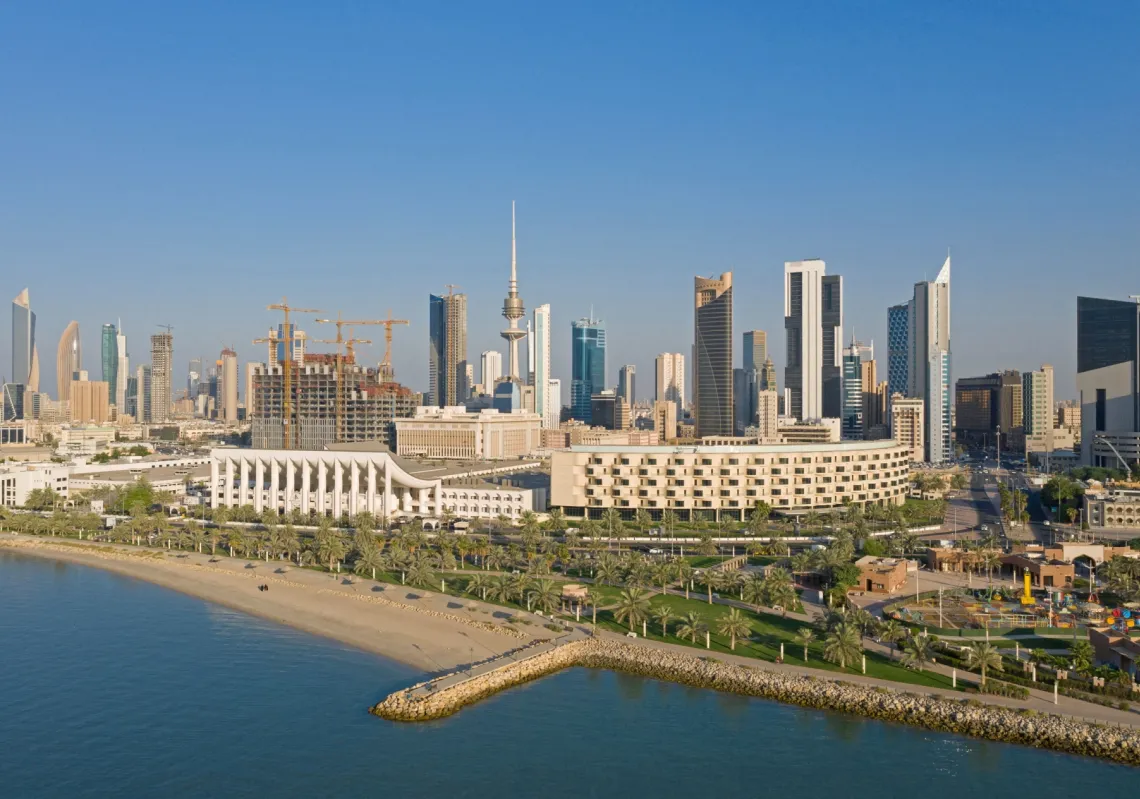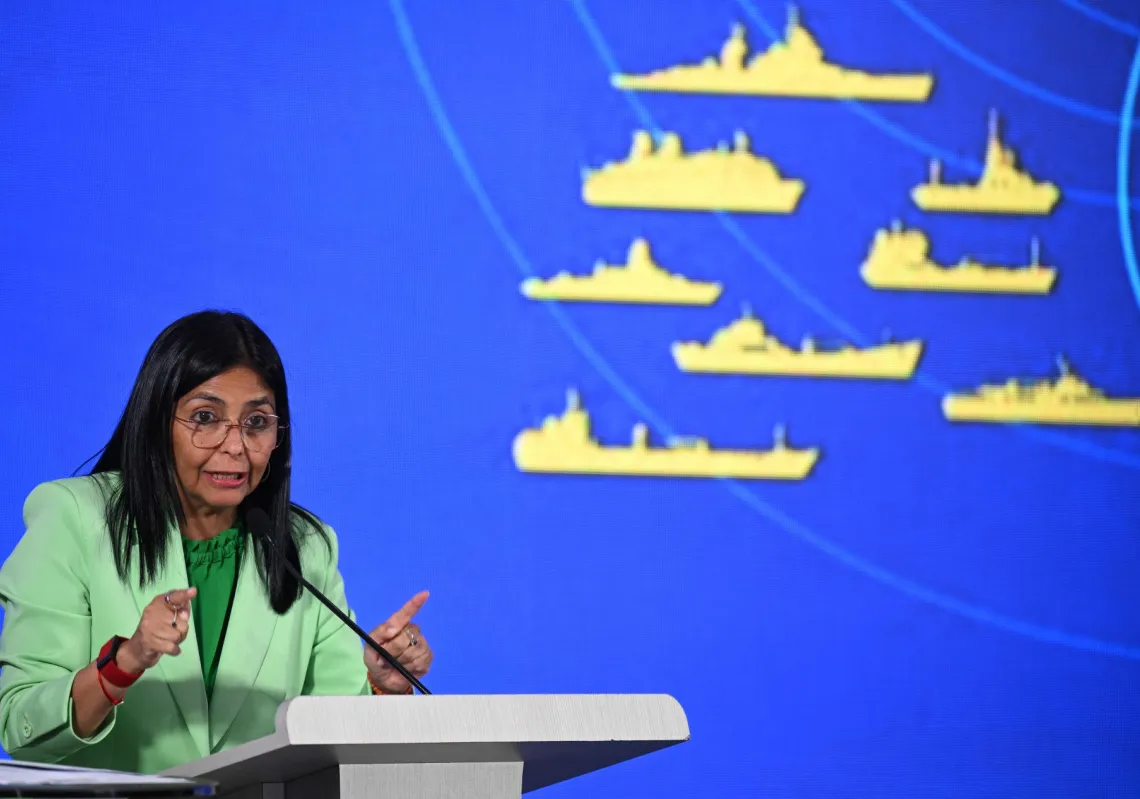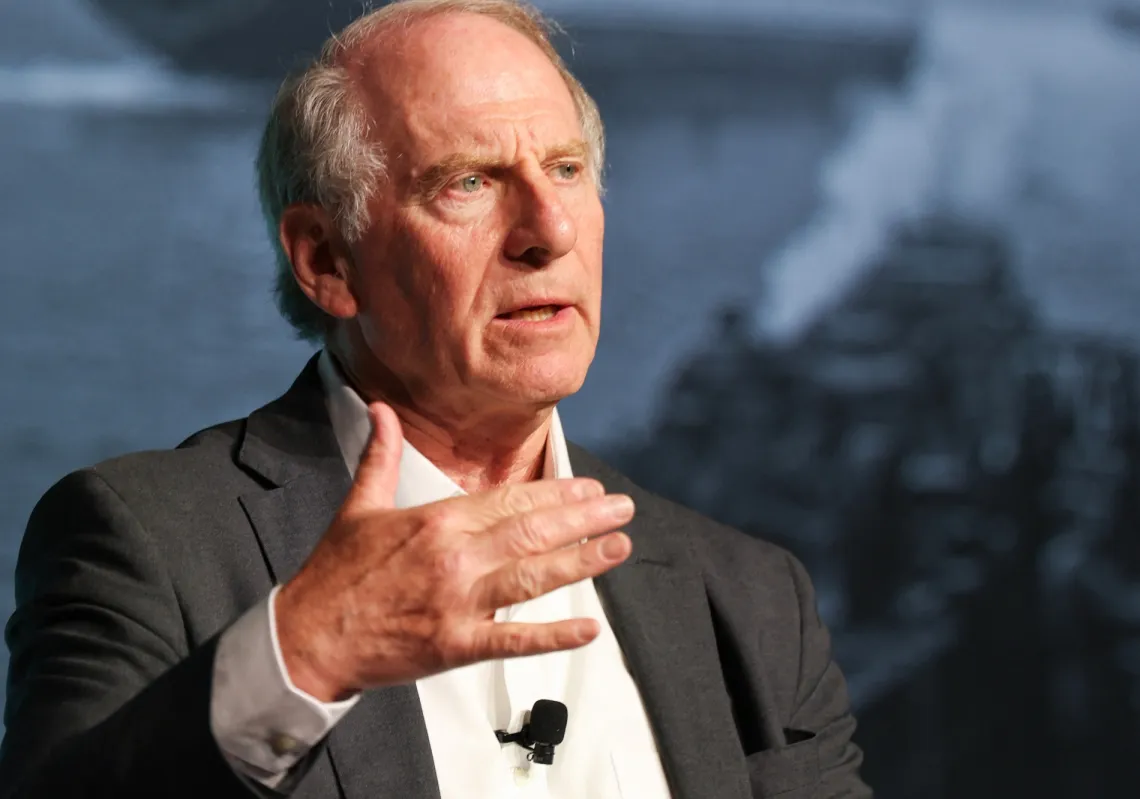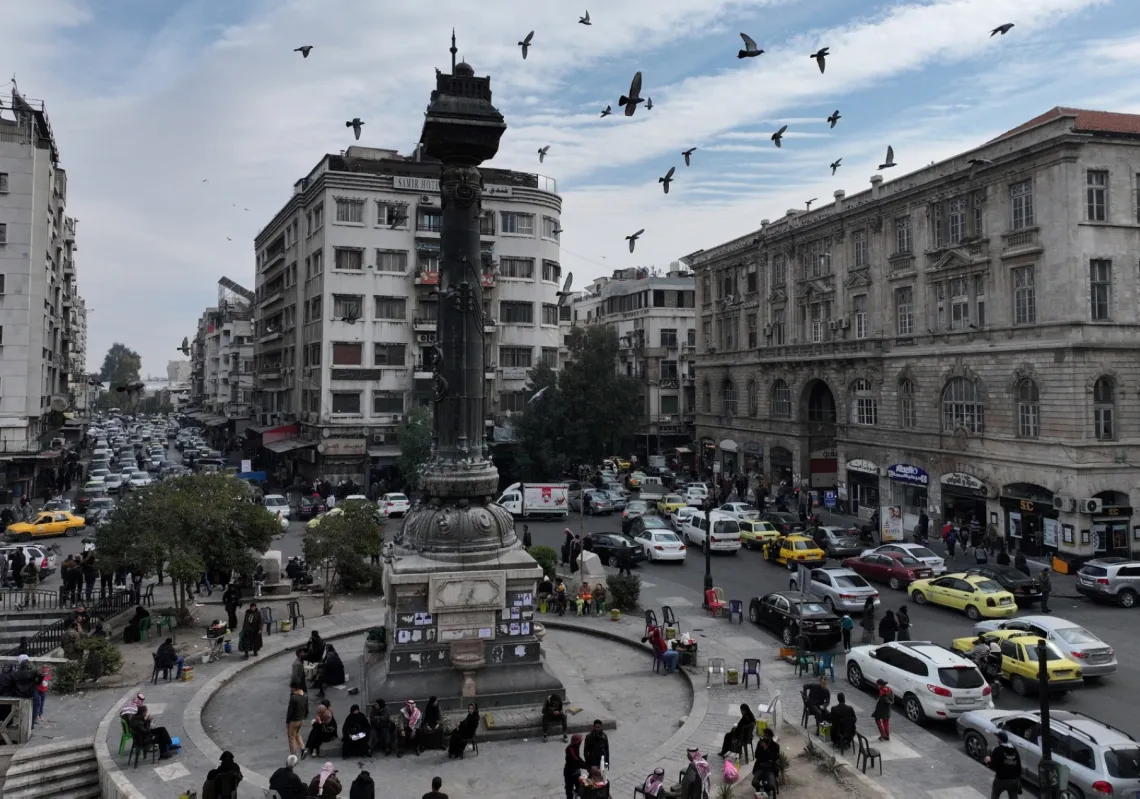Kuwait’s Ministry of Finance has published the final accounts for 2024/2025, showing a smaller budget deficit. It came in at 1.056bn dinars, or $3.46bn in the fiscal year to 31 March, narrower than projections of 5.6bn dinars, and was welcomed by the government.
The results—set out in detail below—represent progress in the management of government spending. They also strengthen the potential for raising adequate revenues while confirming efforts to rationalise expenditure on the main items of the state’s general budget
The improvement came after a rise in revenues, which reached 21.bn dinars, or $72.3bn. Oil revenues of 19.4bn dinars, or $63.5bn, exceeded estimates of 18.9bn dinars. Non-oil revenue reached 2.7bn dinars, up almost 28% year-on-year.
Revenue from taxes and fees increased by 10% over the previous budget, while revenue from goods and services rose by 36.53%. Expenditure fell to 23.1bn dinars, under the 24.5bn dinars expected.

Revenues breakdown
Oil revenues: 19.4bn dinars
Non-oil revenues:
Taxes and fees: 606.48mn dinars
Goods and services: 1.97bn dinars
Social contributions: 111.95mn dinars
Sale of assets: 5.8mn dinars
Taxes and fees rose by 10% over the previous budget, revenue from goods and services by 36.5%, and social contributions by 0.33%.
Spending breakdown
The final accounts for 2024/2025 reveal the following breakdown of expenditure:
Total spending: 23.113bn dinars compared with the 24.5bn dinars forecast in the draft budget
Salaries and wages: 9.6bn dinars
Goods and services expenses: 3.38bn dinars; down by 1.28bn dinars
Subsidies: 1.12bn dinars; down by 144.38mn
Social benefits: 794.1mn dinars
Expenditures and transfers: 1.4bn dinars
Capital spending: 1.13bn dinars
Spending on grants was down by 584.4mn dinars, capital expenditure fell by 172.26mn dinars, expenditures and transfers were 81.5mn dinars lower.
Spending analysis
Cost-cutting measures, along with improved non-oil revenues, reduced the deficit by 32.4%. Public sector salaries remain the largest item on the budget, accounting for around 42% of total spending. It fell by only 90mn dinars year-on-year, underlining the difficulty the country has had in controlling this form of spending.
Thousands of Kuwaitis are hired annually in government agencies and departments because there are few suitable opportunities in the private sector, apart from limited posts in banks, investment companies, and a handful of large corporations.
The Small and Medium Enterprises Fund has also failed to provide jobs through the companies it financed, which were founded by Kuwaiti entrepreneurs.
Subsidies continue to represent a significant part of current expenditure, amounting to 3.38bn dinars, or 14.6%. They were reduced in 2024/2025 by an estimated 1.28bn dinars, signalling the government’s determination to reassess the importance of subsidies and how best to provide them to citizens without waste.

